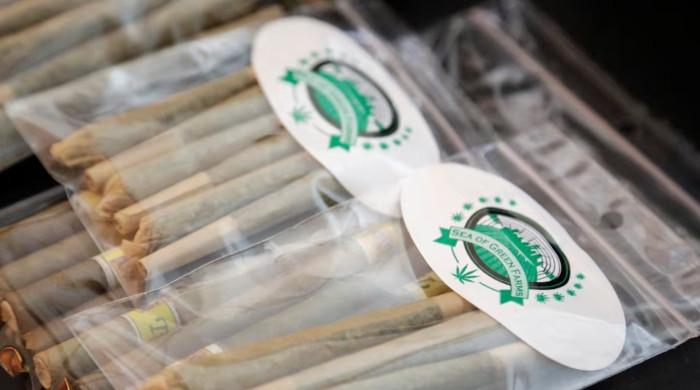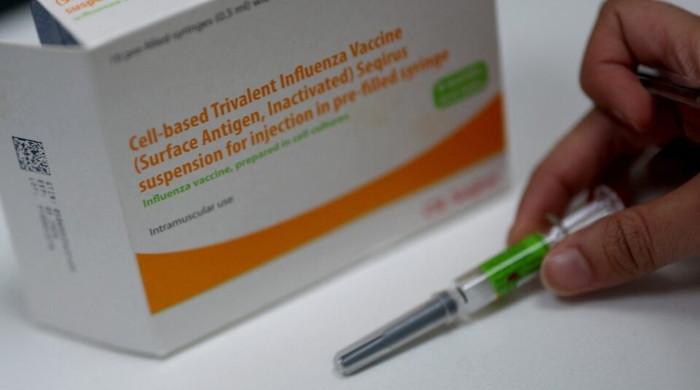How to curb the spread of COVID during Eid ul Adha
Health officials have become more conscious about the probability of a massive spread during Eid ul Adha
July 09, 2022

Summer vacation, weddings, and now Eid ul Adha celebrations, combined, are likely to contribute to the spread of COVID-19, amid a worrying rise in cases in recent days across Pakistan.
Health officials have become more conscious about the probability of a massive coronavirus spread during Eid ul Adha because the national COVID-19 positivity rate has risen, critical cases are steadily increasing, and there are widespread concerns that we could soon be gripped by a sixth wave.
There have been several warnings from health officials about the dangers of social gatherings, but they appear to not be taken seriously.
Therefore, social distancing and the prevention and control of infection during the slaughtering of animals on Eid ul Adha will be an effective way to curb the spread of the virus.
Here are some of the general COVID-19 guidelines to following while slaughtering and handling animal meat:
Precautions to take during slaughtering
- The slaughtering site should be kept away from the general public and living areas
- Crowding at the slaughtering site should be avoided; only those who are necessary should be allowed at the site.
- Maintain a distance of two metres.
- Encourage proper respiratory hygiene. Sneeze or cough into your elbows.
- Avoid touching your eyes, nose, or mouth, especially if your hands are dirty.
- Wear gloves and masks when slaughtering and handling meat.
- PPE acts as a barrier to protect the wearer from potential hazards.
- Use soap and water to clean visibly soiled hands. If soap and water are not available, rub your hands for 20-30 seconds with a 60-80 percent alcohol-based hand sanitiser.
Principles of general cleaning and disinfection
- Environmental cleaning and disinfection procedures must be followed consistently and correctly both before and after animal slaughter.
- The most effective method for removing germs from surfaces is to clean with detergent and water, followed by rinsing and drying.
- Disinfecting or using chemicals to kill germs on surfaces can reduce the risk of infection spreading even further. Wait for the required exposure time after applying a disinfectant to ensure it kills germs on the surface. After the contact time has passed, rinse the disinfectant with clean water.
- Use disposable cloths/towels and disposable mop heads whenever possible. To avoid contamination, make sure used cloths and mop heads are washed and dried after use.
- To disinfect frequently used surfaces, dilute bleach can be used.
Guidelines from https://www.nih.org.pk/









